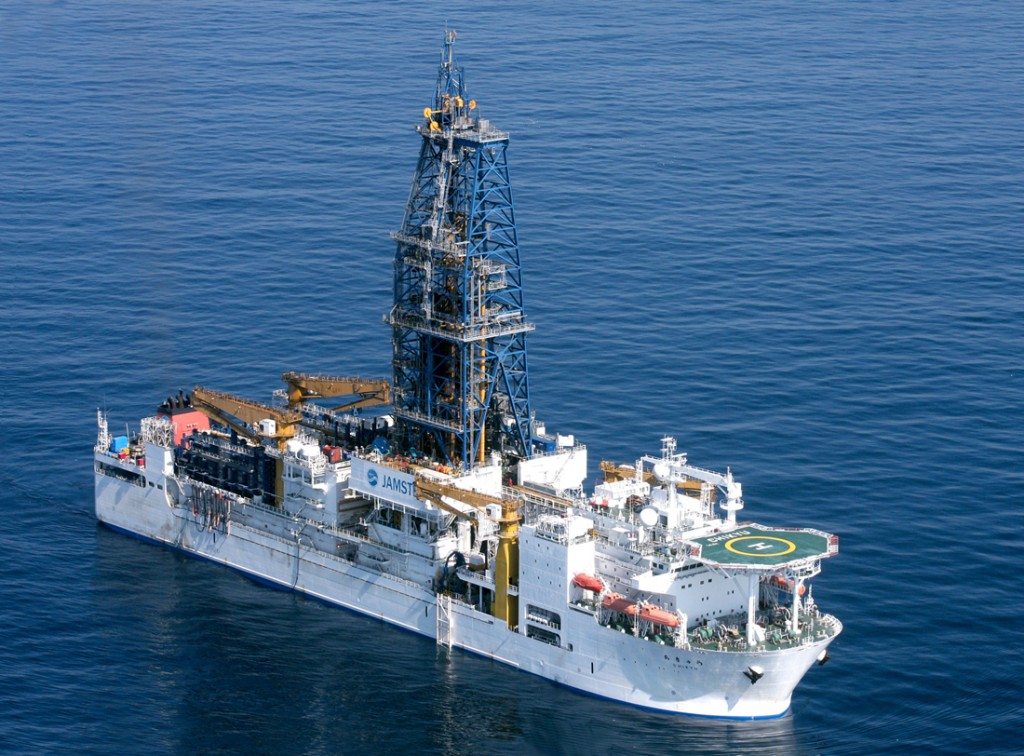A team of scientists from the International Ocean Discovery Program (IODP), the world’s largest Geo-science research program, have been exploring 4,700 meters into the deepest parts of the Earth’s oceans to answer long standing questions on how the earth was formed.
In the north-western Pacific Ocean, near the Izu-Bonin-Mariana Trench the team have drilled 1,600 meters into the sea floor to recover rocks from when the Pacific tectonic plate changed direction and began to plunge under the Philippine Sea Plate about 50 million years ago.
Analysis of the rocks reveal a process called ‘subduction’. Subduction occurs when a tectonic plate is slowly bending under another and when the energy driving them together is released too quickly earthquakes, for example, emerge.
“It’s a bit like a rugby scrum, with two rows of forwards pushing on each other. Then one side goes down and the other side goes over the top,” said study leader Professor Richard Arculus, from The Australian National University (ANU).
The new knowledge will help scientists understand the huge earthquakes and volcanoes that form where the Earth’s plates collide. Professor Arculus said that the new knowledge could give insights into the formation of copper and gold deposits that are often formed where plates collide.
The discovery is one small step closer to finding more about the world we live in, but as we move forward in our quest for the answer, new questions emerge like, what started the scrum collapsing in the first place?
The research is published in Nature Geoscience.
ANU hosts the office of the Australian and New Zealand IODP Consortium (ANZIC), which includes 15 universities and two government agencies involved in geoscience. The IODP was awarded $10 million in Australian Research Council over five years in the latest round of ARC funding.
More information about ANZIC is available at iodp.org.au.







